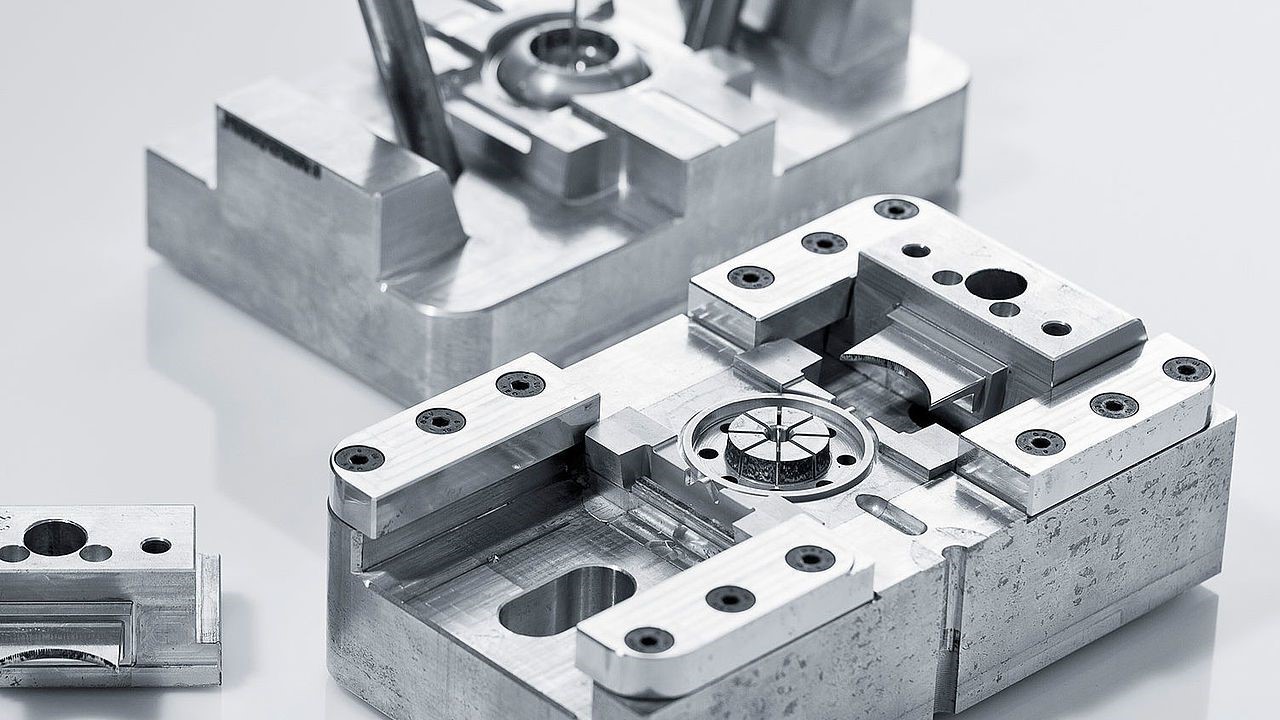Rapid tooling technologies have contributed to significant advancements in the manufacturing industry, transforming the way products are developed and marketed. Plastic mold manufacturing, in particular, has seen major changes with the development of sophisticated tooling methods. These developments have improved the speed, accuracy, and cost-effectiveness of conventional plastic injection molding procedures. The rapid tooling environment continues to grow with significant advancements as major global manufacturing hubs like China continue to invest in state-of-the-art technologies.

Additive Manufacturing in Tooling
Rapid tooling procedures have been transformed by 3D printing technology, especially when it comes to producing intricate mold designs. Previously impossible with conventional production techniques, highly detailed tool inserts with conformal cooling channels may now be produced using advanced metal printing technology. Faster prototyping and production of complex mold designs are made possible by China's industrial sector's significant investments in metal 3D printing facilities. This technology maintains outstanding quality standards while cutting lead times from weeks to days.
Hybrid Manufacturing Solutions
Rapid tooling in China has experienced a paradigm as a result of the combination of additive and subtractive manufacturing processes. These hybrid systems offer previously unheard-of versatility in tool creation by combining 3D printing and conventional CNC machining in a single setup. Complex geometries may now be printed and machined instantly to exact specifications, greatly cutting down on manufacturing time and expenses.
Smart Mold Technologies
Rapid tooling systems now include intelligence due to Industry 4.0. Sensor-equipped smart molds monitor vital parameters including cycle time, temperature, and pressure in real-time. This data is processed by advanced analytics platforms to forecast maintenance requirements and improve production parameters. High-volume manufacturing facilities are increasingly using these intelligent systems, particularly in important industrial hubs in Asia and Europe.
Advanced Materials in Tooling
Advances in material science have opened up new avenues for rapid tooling. Metal alloys and high-performance polymers created specifically for tooling applications provide improved heat and durability characteristics. These materials produce conformal-cooled molds with better heat dissipation and extended service lives. Some manufacturers have created proprietary material blends that maintain dimensional stability while drastically cutting cycle times.
Digital Twin Technology
The design, testing, and optimization of tools have been revolutionized by digital twin technology. Manufacturers may simulate production conditions and spot issues before real production starts by building virtual versions of physical tools. This technology makes it possible for:
● Virtual testing of different materials and process parameters
● Optimization of cooling channel designs
● Prediction of tool wear and maintenance scheduling
● Real-time monitoring and adjustment of production parameters
As technology advances, the rapid tooling industry continues to evolve, giving manufacturers previously unheard-of possibilities in tool design and production. These innovations have improved product quality and consistency while drastically cutting time-to-market. Businesses that use these new technologies get a major competitive edge in the market as global competition increases.
The future of rapid tooling appears promising due to continuous advancements in digital technologies, automation, and materials sciences. We can anticipate even more radical shifts in the design, production, and maintenance of tools as these technologies advance and become more widely available.
















